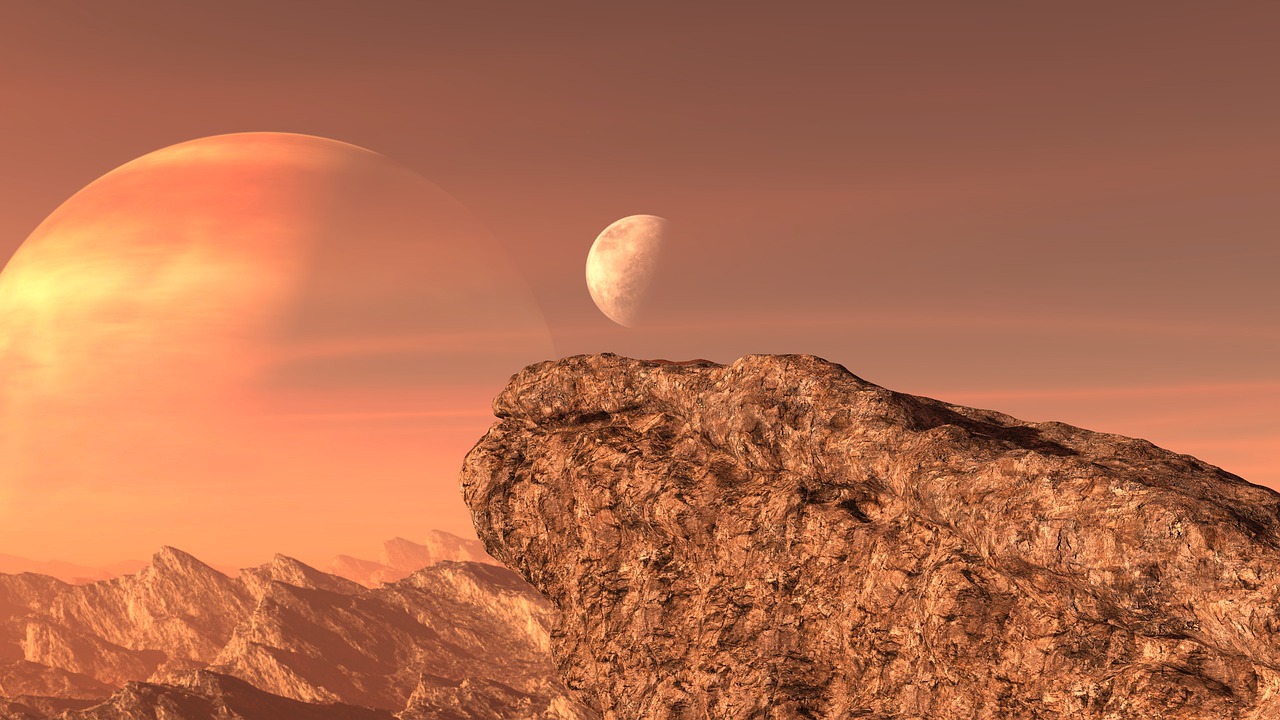A new chapter in the Venus “phosphine” debate
The myth of “phosphine” on Venus continues. About 3 years ago, in September 2020, scientists led by Jane Greaves from Cardiff University in Wales announced that a phosphine molecule, which could be considered one of the markers of life, was detected in the clouds of Venus. The announcement sparked a heated debate in the scientific world and many subsequent studies. However, these studies mostly failed to visualize the molecule in the atmosphere of Venus.
Now we have entered a new era. Speaking at the Royal Astronomical Society’s Annual Astronomy Meeting 2023 in Cardiff, Greaves announced that phosphine has been discovered deeper in Venus’ atmosphere than previously observed. Using the James Clark Maxwell Telescope at the Mauna Kea Observatory in Hawaii, the team observed deep into Venus’ atmosphere, observing the planet’s clouds.
What does phosphine mean?
The team thinks the phosphine could be coming from the lower parts of Venus’ atmosphere. But as Greaves points out in his talk, the real question is what phosphine means. Could it be a sign of alien life on Venus?
On Earth, phosphine is produced by micro-organisms living in very low oxygen environments, Greaves said. Phosphine is not produced in any other way on our planet, the scientist said, because there is not a lot of “free-floating” hydrogen on Earth. As such, phosphine discovered on other planets is considered a potential signal of life.
This is precisely why the discovery of phosphine on Venus three years ago caused so much controversy. And the idea of life on Venus, our Earth’s sister planet, is not as far-fetched as we think: Although the surface of Venus is extremely unfavorable for life with a temperature of 475 degrees Celsius, the environment in the clouds about 50 kilometers above the ground is milder and similar to Earth.
Still, if phosphine is present in the atmosphere of Venus, this does not necessarily mean that the planet harbors life. Inorganic processes, some of which we don’t fully understand, may be producing this molecule on Venus.
“There is also the idea that you can get phosphine by ejecting phosphorus-containing rocks high in the atmosphere and eroding them with water and acid,” Greaves said.
Why was Venus in 2020 controversial?
Greaves may have been worried about a similar uproar to the one that occurred when his team first discovered phosphine.
In his speech, Greaves recalled how the search for phosphine in the atmosphere of Venus began and how this triggered the events of 2020. He also explained that the decision to study Venus came after the study of other planets in the Solar System, such as Saturn, and after advances in telescope technology made it possible to study the atmospheres of smaller planets.
“I remember the idea that Venus had a potential habitat in its high clouds, which are oxygen-free, and when our team had time to use the telescope, I thought, ‘Let’s see if there’s phosphate in the Venusian clouds, similar to life on Earth,'” Greaves said: “We finally found it and all hell broke loose!”
This discovery prompted teams of scientists, some of whom had already conducted phosphine research, to continue the same search, but they came up empty-handed. These new findings by Greaves and his team will likely lead to more follow-up research.
The debate may not last long, as Venus has become a priority in planetary science and astrobiology. For example, two NASA missions, VERITAS and DAVINCI, and Europe’s EnVision orbiter will be heading to the planet within the next decade. DAVINCI will also carry a probe and will study Venus’ atmosphere “up close”.
based on Space.com’s news report.

